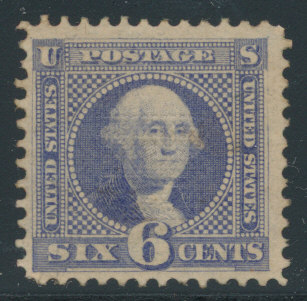There are two basic types of predictions when it comes to philatelic investments. There is the country call where you use economic growth, demographics and education levels to make predictions about whether the general price level of a country should move. This is the rationale behind the predictions of increased growth of Chinese, Indian and Russian stamps and behind the pessimism for the growth of the stamps of Scandinavia and Southern Europe (both of these latter areas have enough money, but the demographics don’t look as good as for the first three). This is macro philatelic forecasting.
But there is another gauge- a micro philatelic gauge- that is used to predict rising prices within the philately of a single country. United States stamps have a certain level of popularity which will rise and fall with demographics and the economy. But within US philately we have a measure to determine which stamps will perform better than others. This is an important question for collectors because it should influence not what they collect (for they are US collectors, after all) but the order in which they buy the stamps that they need. Most collectors wish to buy first the stamps that are most likely to go up in price and defer until later buying the stamps that will stay the same in price.
In this regard the “anniversary theory” predicates that it is a good idea to buy stamps a few years in advance of the centenary or sesquicentenary of their being issued. These stamps get a lot of philatelic press on big birthdays and the USPS often issues a commemorative stamp and some of the philatelic marketing houses issue special covers. Highlighting usually increases the popularity, and hence the price, of the original set and most of the price rise seems to happen several years before the anniversary itself. On this basis, if you need the United States 1869 Pictorial set, now would be a good time to buy them. In seven years they will have their sesquicentennial and, if this theory plays out again this time, they should have their greatest price rise in the next few years.


